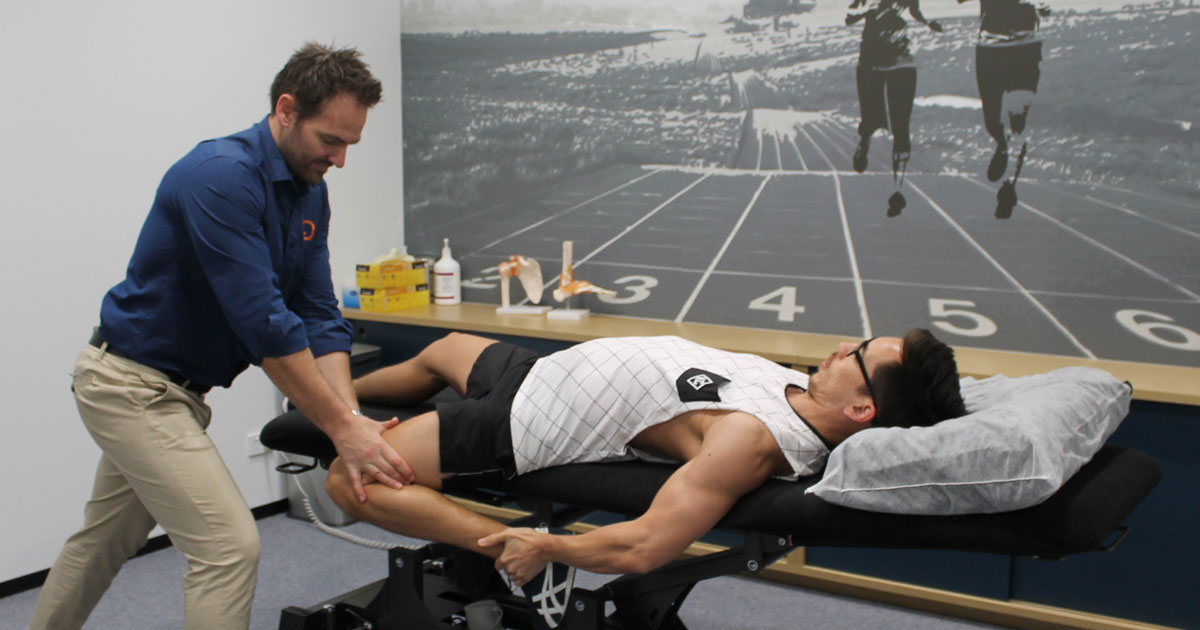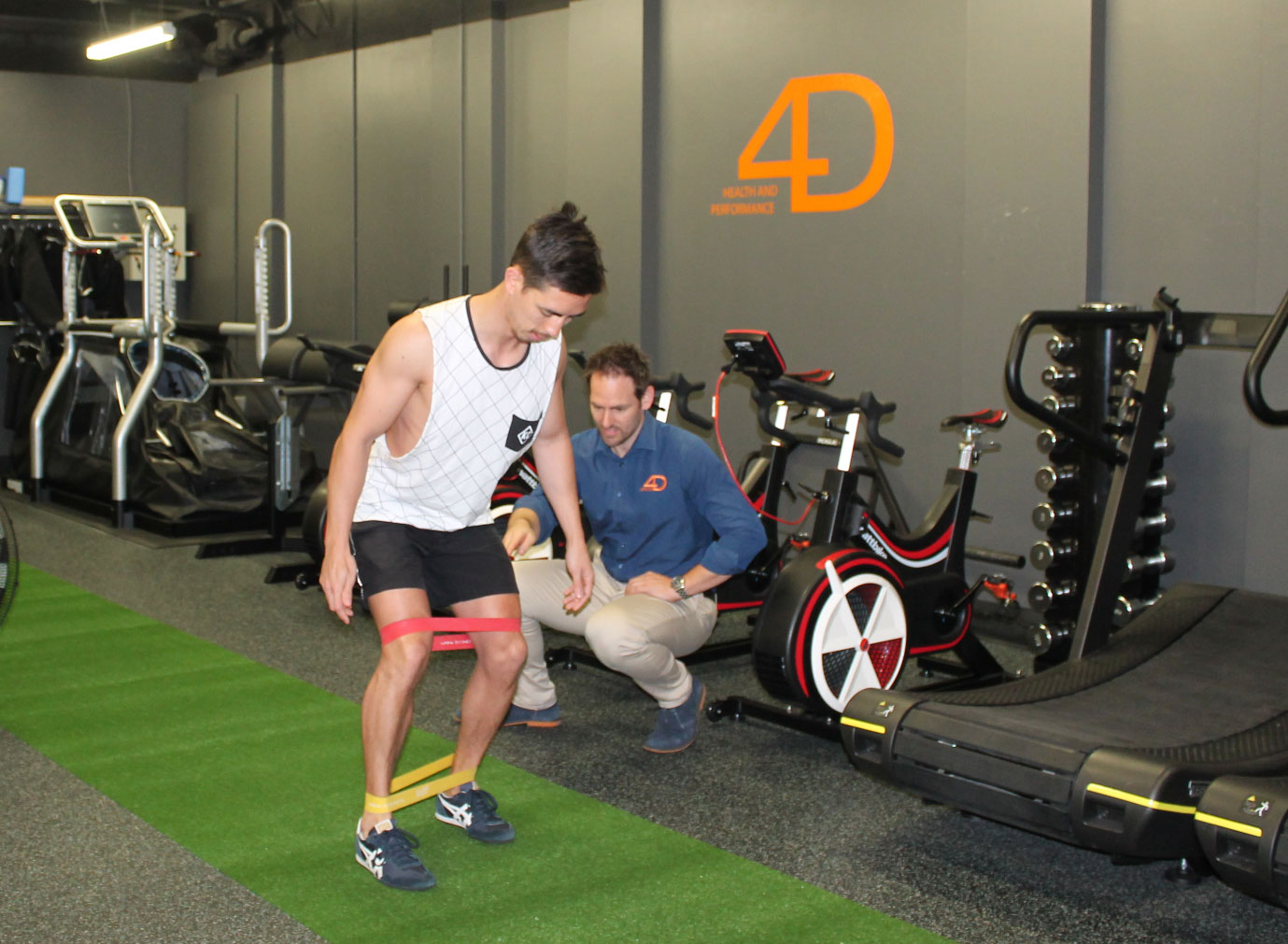
Preparing for a big sporting event?
By Darren Hogan
Get your competitive edge with a massage therapist! If you Googled “pre-event massage”, you’d find many links on the benefits of deep tissue massage 2 to 3 days before the event and a 15 minutes’ flush massage on the day. But using soft tissue techniques across the whole training calendar can actually increase training capacities and reduce injuries. These can include techniques beyond traditional sports or deep tissue massage, such as myofascial dry needling, active release therapy, rehabilitation exercises and strength training. Like any profession, the most efficient practitioners cross multiple professions. When looking for a massage therapist, find someone who can assess imbalances, treat soft tissue, is experienced in rehabilitation exercises and can help with strength training.
Take an office worker who is fit and trains regularly at a gym. He/she wants to challenge himself with a half marathon, triathlon or long cycle race, so over a few months he/she increases training volume to reach competition level. However, the first step before making a drastic change to a training schedule should be an assessment for structural imbalances by a physiotherapist, chiropractor, personal trainer or massage therapist. If he/she is not well balanced now, adding strength to a dysfunction will only make it worse.
Muscles are only “short” if you’ve spent a long time in a cast. Usually this feeling is a muscle being pulled taught, trigger points holding a muscle in spasm or adhesions holding two adjacent muscles together. Or there could be other factors such as nerve irritation firing up the muscles or the body creating stiffness to replicate a lack of core stability. A good practitioner will assess these muscles to find the best solution. It’s a good chance that a basic massage will feel nice on the day but not fix long-term issues.

Let’s look at the common issue of muscle spasms. I like to start with myofascial dry needling to remove trigger points holding muscles in spasm. This is by far the most efficient way to stimulate a muscle back to normal. It’s also the most uncomfortable, but the client’s pain is short lived and spasms are relieved. You need to remove trigger points before you stretch, as you can’t stretch out a trigger point. When needling the right spot, I look for a local twitch response. It’s a weird feeling but you can actually see the muscle twitching under the skin. The bigger the muscle group, the bigger the twitch. Next, I use active release techniques (ART) to remove adhesions from adjoining muscles. ART works really well in restoring the muscle’s range of movement. It’s quick and can even be done as a race day warm-up. I then finish with a sports massage or move to the gym floor for specific exercises to help balance out the body. Think of soft tissue work as a doorway to fixing the problem, with the exercises afterwards keeping that door open longer. Without adding strength to the new position, the original “bad” position will be restored. This is why people feel the need to keep stretching but nothing really changes. It’s the strength training after the stretch that keeps it.
The type of exercise given is very important. First, you need to make sure the desired muscle can be activated or turned on. Often muscles that have spent a long time in spasm or a stretched position forget how to contract and work. Basic band walks can stimulate the glutes, but aren’t enough to strengthen them. You can’t expect the strength required to move a little rubber band help you run 42 km! They’re great for turning muscles on but then we need to use them. Exercises like goblet squats, single leg deadlifts and crossover step-ups are all great to start strengthening the glutes.
Now, back to the corporate worker wanting a challenge. If they work sitting and with limited movement, there’s a good chance that their anterior hip flexors will be in spasm when they stands. This gives the pelvis an anterior tilt and increases a lordotic curve in his lower back. If they run more, the tilt and will increase and they’ll use more quads as it’s very hard to activate glutes with this tilt. Their lower back may start to hurt as it compresses and their knees may start to hurt. Now they are in pain and looking for a massage. This scenario is common, but there is a better way.
Let’s go back a few months. This time, the runner sees a massage therapist at the start of training. The practitioner finds no glute activation, tight tensor fascia latae and rectus femoris giving an anterior pelvic tilt. They has a few dry needling sessions, some ART and massage to restore muscle range. Regular training now starts with some glute exercises, activating first then harder strength exercises to keep the pelvis neutral. Meanwhile, they start running without pain.
Regular massage keeps them on track and they train harder and longer each week. By race day, training volume has greatly increased, and the runner is fitter, faster and stronger.
We need to start being proactive with massage, not reactive.